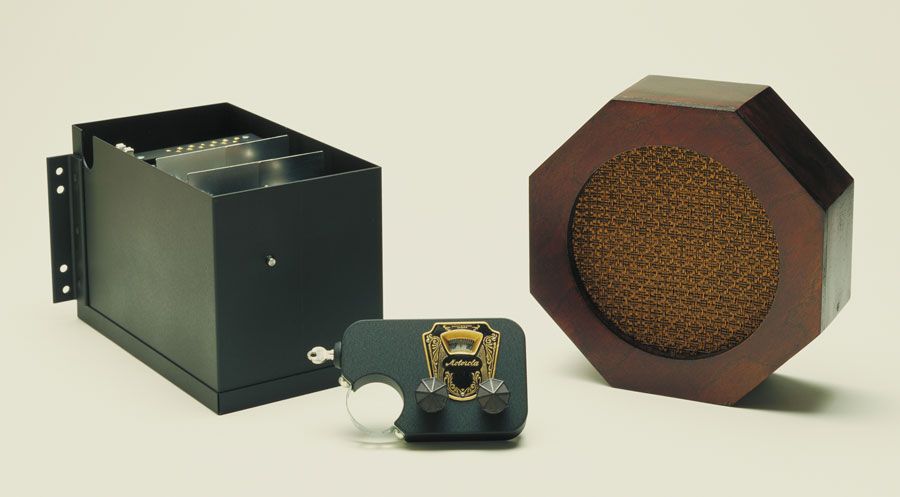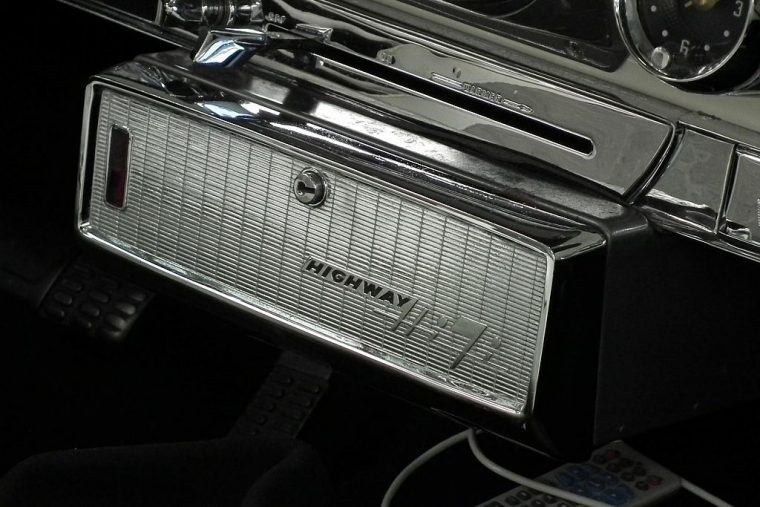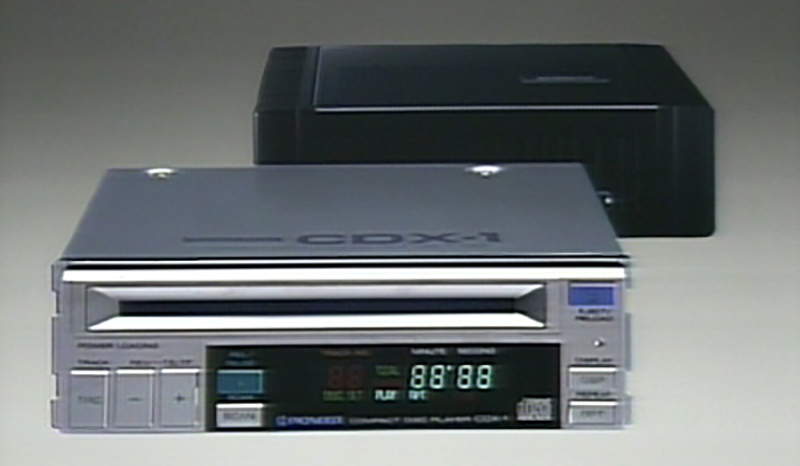Car audios have come a LONG way since its first inception. It is fascinating how the concept of car audio has evolved from clunky AM radios to ones with operating systems and with multiple functions. For today we’re gonna talk about the evolution of car audio.
1900s - Did you know that the first car audio was presented as early as 1904? Lee De Forest, the “Father of Radio”, performed a demonstration at the Louisiana Purchase Exposition in St. Louis.
1920s - The first factory-installed car radio was installed on a 1922 Chevrolet (the radio brand was Westinghouse) and almost cost as half as the actual cost of the car itself! Talk about pricey!
1930s - Paul and Joseph Galvin, entrepreneurs and brothers, bought the bankrupt Stewart Battery Company. The company made The Battery Eliminator that allowed battery-operated home radios to run on household current, the equivalent to today’s AC adapters. The Galvin brothers utilized the company’s battery eliminator design and used that to manufacture battery eliminators for their radios.
Eventually, the battery eliminators became obsolete as AC-powered radios were becoming the standard. Paul Galvin met with William Lear and Elmer Wavering, two radio engineers, who created a radio with a design that removed the problem with static interference.

(the first commercially released car audio -- The Motorola)
The brothers eventually came up with the first radio which they named The Motorola, which is a portmanteau of the words “automative” and “Victrola” (a brand name of a phonograph, but eventually became a generic term for any kind of phonograph). Motorola eventually became the big telecommunications company it is today (YES, that Motorola).
1952 - Blaupunkt, a German company, created the first FM radio. Prior to this, the only option of frequency for radios was the AM frequency. A year later, Becker Mexico made an AM/FM receiver with a station search or scan function.
1955 onwards (before 1970s) was a period of trial and error for car audio manufacturers. Chrysler Hi-Fi was the first time one’s own records were played in the car, and was also the first and only car phonograph. It used a mini-turntable (located on the dash of the passenger side) to play its records. This only lasted for a few years, however. This is because one of the Hi-Fi’s fatal flaws is that the record skips even on the smallest bump on the road the car runs into.

(photo by sv1ambo on Flickr)
The Hi-Fi eventually evolved to Earl Muntz’s Stereo-Pak, who was the pioneer of a 4-track system. Tracks did not skip with this kind of car audio (an upgrade to the Hi-Fi). Muntz then developed the AutoStereo in the early 60s, which had drivers the freedom to customize and select their personal listening experience. After that, improvements were made to Muntz’s idea and the 8-track cartridge system was developed.
1970s to 80s - Cassette tapes eventually replaced the 8-track system. And with the invention of the Walkman in 1979, cassette tapes became much more prevalent. It improved 8-track’s technology with longer play times, improved tape quality, Dolby noise reduction and auto reverse.
1980s to 90s - Philips and Sony were the first to develop the model for the CD which was first marketed for home use in 1982. However, it was Pioneer who developed the first ever car CD player in 1984. Named the CDX-1, this player had a significantly improved sound quality unlike everyone else. Aside from that, CDX-1 was much more durable than cassette tape players and had the ability to skip tracks.

(CDX-1 image from Pioneer's website)
2000s - car audio quality even improved significantly after the CD player phase of car audio. There was the digitization of music, and gave rise to MP3 players. These are portable devices that can hold thousands of songs and can play different types of music formats. By the mid-2000s, in-car audio systems developed the capability to connect these players to the car’s audio systems. Features like the USB, AUX and Bluetooth became staples on car audios.
And with the rise of smartphones and the usage of apps like Spotify, Pandora, SiriusXM and the use of car assistant systems like Apple CarPlay and Android Auto, playing music in your car has never been easier.
Sources: (1) (2) (3) (4)
So check out onlinecarstereo.com for our wide array of car audio products and subscribe to our newsletter to receive weekly promotions and save tons of cash!
